Much of Novo's poetic output, like his life, was full of campy gay extravagance. Another gay Mexican poet, Elías Nandino, who was part of Novo's entourage, recalled a time that he and several other poet friends were on a bus headed for the theater. "When we arrived at the corner where we were to get off, Salvador stood up—retouched his makeup, which was very unusual—rang the bell, and shouted: 'Here we are, faggots!' No one moved, so then he turned and shouted again: 'Heeeeere!' And he pointed to each one of us: 'you, you, you...' We rapidly got out, like a herd, and once we were on the street, all we could do was laugh."
In the late 1920s and 1930s, Novo was a leading contributor to Contemporáneos, an important avant-garde journal of the day. The magazine's agenda, writes Murrieta Flores, went against the prevailing demands "to commit to the nationalist political program outlined by the state after the revolution." That aesthetic was too tame for Novo and his crowd.
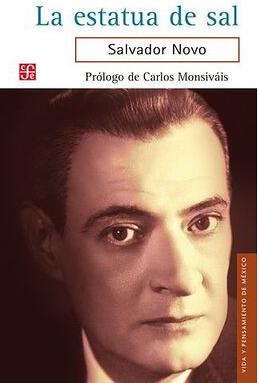
In 1945, Novo finished writing Pillar of Salt, a "secret autobiography," in which he described with candor and gusto his childhood and adolescence. The racy explicitness of his tales about the formation of his adult libidinal predilections led him to believe that he could not publish the book, which did not come out until years later. In 2014, the University of Texas Press brought out an excellent English translation by Feitlowitz.
Born in Mexico City, Novo spent his early years in Jiménez, Chihuahua, where the father and uncles were storekeepers. The Novo house was one of the largest in the village, and little Salvador, "cosseted and pretty," enjoyed a sheltered existence amid the upheavals of the Revolution. "My father liked to show me off, dressed as a sailor, crowned with the curls that my mother dressed and which had to have seemed not only an anachronism but a Porfirian challenge from this family 'from Mexico City' to the appearance that was more normal for kids from a north at once already a little Yankified and revolutionary."
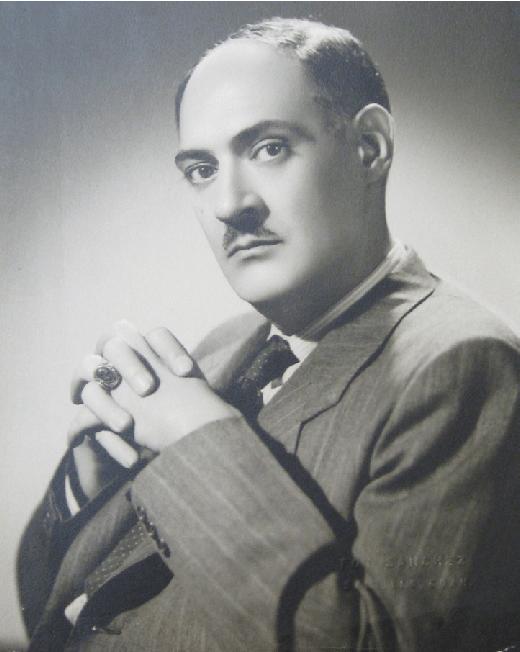
Sexually curious from before his adolescence, Novo—"confused, fascinated, disconcerted"— was soon hooking up with other men, at first tentatively and soon with greater enthusiasm. He liked going out on errands with the servant girls so as to mix with the scruffy types in the market. This early attraction to working-class men established Novo's lifelong sexual preference for truck drivers, chauffeurs, bus conductors and the like. Manuel Rodríguez Lozano's 1924 painting "The Taxi" is a portrait of the young Novo cruising at night.
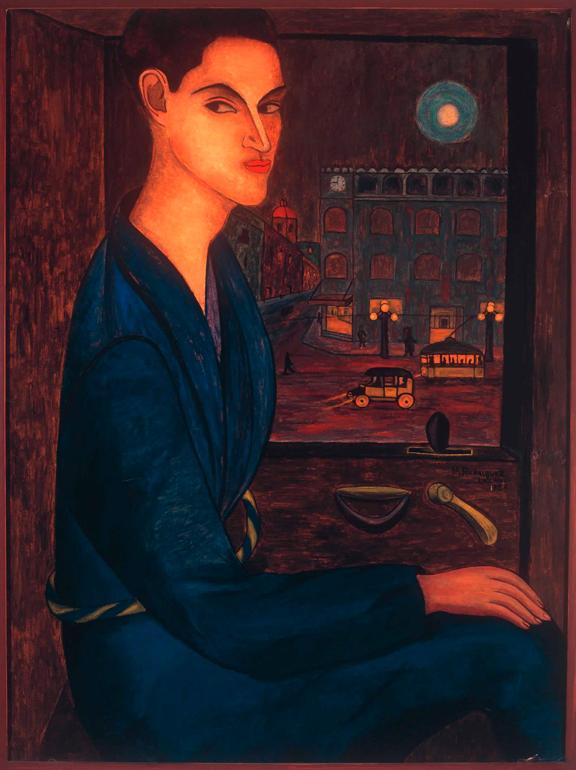
The Taxi by Manuel Rodríguez Lozano
*
In 1917, when Novo was 13, the family returned to the capital. He was immediately drawn to the luxury of the city and found himself studying how elegant men of fashion behaved. "Parading their distinguished, decadent indolence, the fifis, or dandies, multiplied like the daring mannequins in the windows of Bucher Bros., the tailor shop at the corner of Bolívar and Madero."
He particularly loved the cinema. "I would sink into the exciting and seductive delight of that darkness in which the luminous screen kept presenting, parading, itemizing, aggrandizing all those beautiful characters in the films. The nobility, strength, and bravery of the heroes worked in me … and little by little, I discovered with astonishment that I was in love with one of those heroes. What separated me from him was simply and tragically the fact that I was a man as he was, and not a girl, like the ones he was kissing."
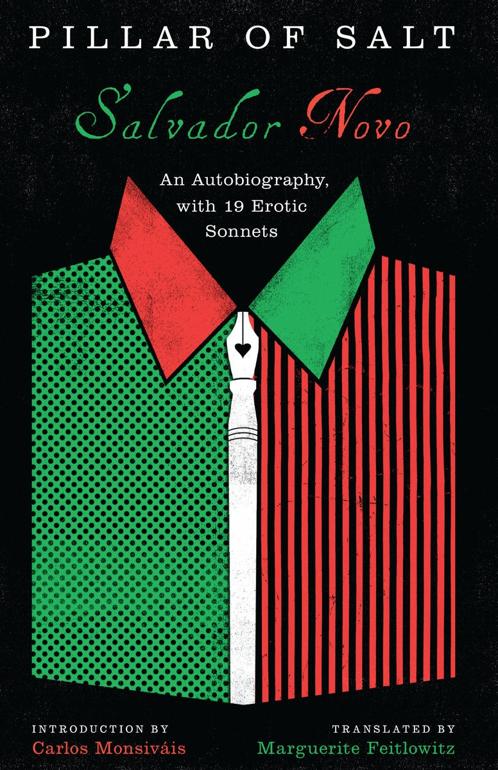
Novo's dismay and humiliation soon gave way to far more enthusiasm. He found confidants who were "disposed to widen the world of my experiences." One such friend, Ricardo Alessio Robles, who went by the name "Clarita Vidal," took Novo around "to meet different picturesque people, to get acquainted with their bizarre ways and homes," and to a masculine casa de citas, or hourly hotel, which was "enlivened from time to time by a very old Spaniard who wore his hair long, made everyone call him Carmen, and left at night to work in a bordello where the whores were women."
The cast of characters in Novo's memoir is colorful, outrageous, and downright fun. There's the licenciado Solórzano, who's called "Tamales," because he lured his young conquests by inviting them for a late-afternoon snack of a few little tamales and beer. And Mother Meza, who procures young men for his clients by taking the measure of certain parts of their anatomy. And Father Tortolero, "full of chasubles and church ornaments." In one "studio" that Novo is taken to, he meets "Cream Puff in a Corset" and also recognizes his high school English professor from the Preparatoria.
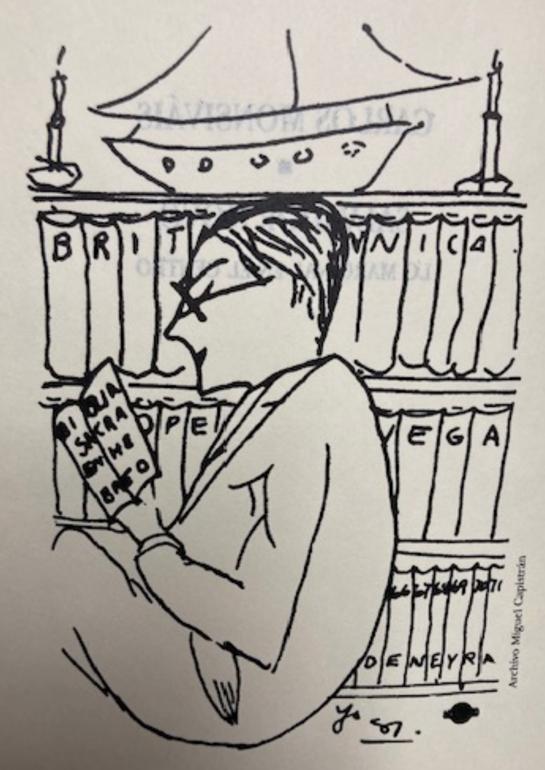
Novo's days consisted of attending high school classes in the morning, while waiting for the entertaining evenings and nights. His adventures multiplied. "An insatiable thirst for flesh and an audacity fueled by utter confidence in my beauty and my ability to pay for caresses, threw me into the hunt for the type of men I was electrified to discover, seduce, and exploit: the drivers who in the small Mexico City of the time were the young generation that drove cars and lived fast." The book ends in 1921, with the seventeen-year-old Novo setting up his own "studio" with friends.
Pillar of Salt, Novo's unapologetic account of the homosexual demimonde of Mexico City in the early twentieth century, is fascinating, informative, and, at times, hilarious. The book is an important contribution to gay studies and to a relatively unknown chapter of Mexican history.
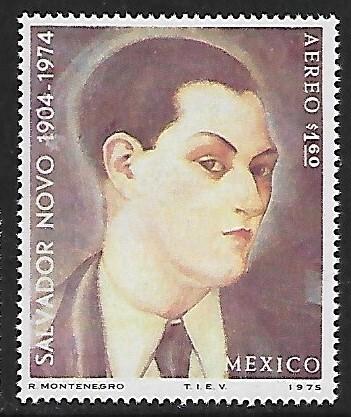
During his adult life, Novo, dubbed the "Proust who lives in Mexico," was able to straddle both worlds—the homosexual sphere that continued to feed his passions and artistry, and the more conventional world of Mexico's literary establishment. In 1975, the year after his death, the government issued an airmail postage stamp in his honor.
**************
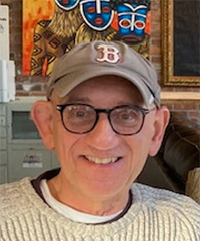
Philip Gambone, a retired high school English teacher, also taught creative and expository writing at Harvard for twenty-eight years. He is the author of six books, including As Far As I Can Tell: Finding My Father in World War II, which was named one of the Best Books of 2020 by the Boston Globe. His new collection of short stories, Zigzag, has just been published by Rattling Good Yarn Press and is available on Amazon and at the Biblioteca bookshop.
**************
*****
Please contribute to Lokkal,
SMA's online collective:
 ***
***
Discover Lokkal:
Watch the two-minute video below.
Then, just below that, scroll down SMA's Community Wall.
Mission

Visit SMA's Social Network
Contact / Contactar

